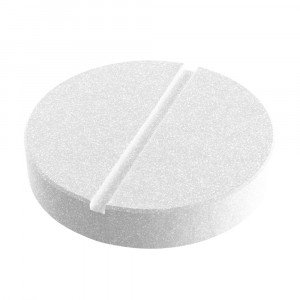 Welcome
Welcome
“May all be happy, may all be healed, may all be at peace and may no one ever suffer."
- A
- B
- C
- D
- E
- F
- G
- H
- I
- J
- K
- L
- M
- N
- O
- P
- Q
- R
- S
- T
- U
- V
- W
- X
- Y
- Z
Ambrisentan - Brands
Endothelin-1 (ET-1) is a potent autocrine and paracrine peptide. Two receptor subtypes, ETA and ETB, mediate the effects of ET-1 in the vascular smooth muscle and endothelium. The primary actions of ETA are vasoconstriction and cell proliferation, while the predominant actions of ETB are vasodilation, antiproliferation, and ET-1 clearance. Ambrisentan is a high-affinity ETA receptor antagonist with a high selectivity for the ETA versus ETB receptor (>4000-fold). The clinical impact of high selectivity for ETA is not known.
The pharmacokinetics of Ambrisentan (S-Ambrisentan) in healthy subjects are dose proportional. The absolute bioavailability of Ambrisentan is not known. Ambrisentan is absorbed with peak concentrations occurring approximately 2 hours after oral administration in healthy subjects and PAH patients. Food does not affect its bioavailability. In vitro studies indicate that Ambrisentan is a substrate of P-gp. Ambrisentan is highly bound to plasma proteins (99%). The elimination of Ambrisentan is predominantly by non-renal pathways, but the relative contributions of metabolism and biliary elimination have not been well characterized. In plasma, the AUC of 4-hydroxymethyl Ambrisentan accounts for approximately 4% relative to parent Ambrisentan AUC. Thein vivo inversion of S-Ambrisentan to R-Ambrisentan is negligible. The mean oral clearance of Ambrisentan is 38 mL/min and 19 mL/min in healthy subjects and in PAH patients, respectively. Although Ambrisentan has a 15-hour terminal half-life, the mean trough concentration of Ambrisentan at steady-state is about 15% of the mean peak concentration and the accumulation factor is about 1.2 after long-term daily dosing, indicating that the effective half-life of Ambrisentan is about 9 hours.
To be happy, beautiful, healthy, wealthy, hale and long-lived stay with DM3S.
